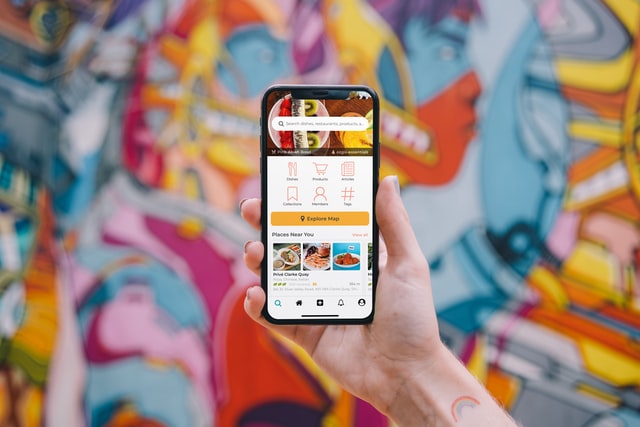
Mobile Phones: Bridging Communities in a Connected World
In the tapestry of our modern society, mobile phones stand as unifying tools, transcending geographical boundaries and connecting individuals across continents. These devices have evolved beyond mere communication tools to become agents of unity, fostering connections that bridge cultures, facilitate interactions, and empower communities in an increasingly connected world.
Global Connectivity:
Mobile phones serve as conduits of global connectivity, empowering individuals to transcend physical distances. With instant communication through calls, texts, and video chats, these devices enable real-time connections that shrink the world and unite diverse communities.
Cultural Exchange:
Mobile phones facilitate cultural exchange by providing access to a wealth of information and diverse perspectives. Social media platforms, language translation tools, and multimedia content enable individuals to engage with and learn from different cultures, fostering mutual understanding and appreciation.
Community Empowerment:
These devices empower communities by providing access to resources and information. Mobile phones serve as gateways to educational materials, healthcare services, news updates, and emergency assistance, empowering communities with knowledge and support.
Social Cohesion:
Social media platforms on mobile phones foster a sense of belonging and solidarity. They serve as virtual spaces where individuals from varied backgrounds come together to share experiences, voice opinions, and support causes, cultivating a sense of social cohesion amidst diversity.
Economic Opportunities:
Mobile phones play a pivotal role in creating economic opportunities. They serve as tools for entrepreneurship, enabling individuals to start businesses, access markets, and engage in e-commerce, contributing to economic growth and financial inclusion.
Disaster Response and Relief:
During crises, mobile phones serve as lifelines for communities. They enable communication during emergencies, facilitate coordination for relief efforts, and provide access to critical information, aiding in disaster response and recovery.
Digital Inclusion:
Mobile phones bridge the digital divide by providing access to the internet and digital resources. They empower marginalized communities, offering opportunities for education, skill development, and access to services that were previously inaccessible.
Environmental and Social Impact:
Mobile phones also drive positive environmental and social impacts. They enable remote work, reducing commuting and carbon emissions. Additionally, they facilitate social initiatives, rallying support for environmental causes and social justice movements.
The Future of Connectivity:
As technology advances, mobile phones will continue to play a pivotal role in connecting communities. Advancements in AI, IoT integration, and improved connectivity will further enhance interactions, create innovative solutions, and strengthen the fabric of our connected world.
Conclusion:
In conclusion, mobile phones serve as powerful instruments of connectivity, weaving a tapestry of unity in our interconnected world. They transcend barriers, foster understanding, and empower communities by facilitating connections that bridge continents, cultures, and ideologies.
As mobile phone technology evolves, it will continue to serve as a catalyst for social cohesion, economic empowerment, and global understanding, reaffirming its pivotal role in bridging communities and shaping a more connected and inclusive future.